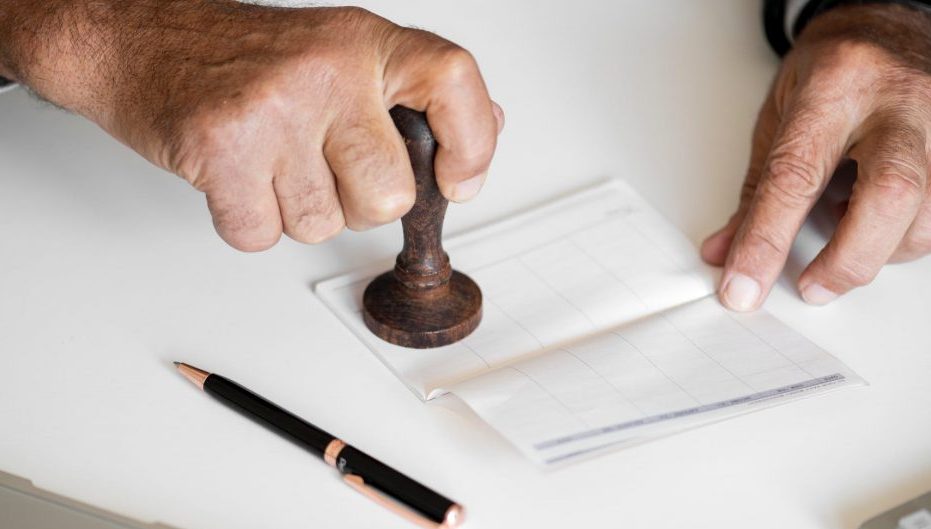How To Fix and Rebuild Bad Credit

Learning that your credit isn’t great can be a stressful realization. Low credit can mean higher interest rates or be completely disqualified for loans altogether. Luckily, you are never stuck with your current credit score. There are several unique ways to repair your credit, including bank statement loans and credit-builder loans.
What is a credit score?
Your credit score is a number between 300 and 850 that represents your credit history. These scores impact your ability to borrow money, interest rates, car insurance premiums, and more. Poor credit can even negatively impact being approved for an apartment or securing a job.
Many factors earn excellent scores. For example, paying your bills on time is a huge factor in determining your score. Unfortunately, it is far to easy to make mistakes that lower your score.
Rebuilding credit
For those with low credit scores, there is still hope. Most advisers would suggest opening new bank accounts or secured credit cards as the first steps to rebuilding credit. These accounts may come with higher than regular fees and limited services but work as ways to show that you can handle your finances.
Improving your financial habits will also go a long way. Avoiding maxing out your cards, never missing a payment, and pay off debt are some of the best ways to show financial responsibility.
Loans to rebuild
Ultimately, rebuilding your credit means showing lenders that you can handle your finances. One of the best ways to show a bank you aren’t a risk with a loan is to handle a mortgage properly. Of course, getting a loan with poor credit can be difficult. There are, however, several loans that are useful in helping rebuild your credit.
1. Bank Statement Loan
While self-employed workers often utilize bank statement mortgage loans, these loans can also be beneficial for rebuilding your credit. A bank statement loan program is when your bank statements are used to verify income. Those who are self-employed often have atypical income. Instead of looking at your W2s and pay stubs, lenders look at your bank statements.
Most lenders require 12 months or 24 months’ worth of personal bank statements. They will then take the average of the total income over that time as your income. Lenders typically require at least 10% as a down payment but could require more.
Borrowers with bad credit may have substantial income shown on their bank statements. Lenders can use this to determine your ability to repay the loan. If your income is sufficient, banks may give you a chance at obtaining a loan. Of course, bank statement program lenders may require a higher down payment with higher fees to help offset their risk.
2. Credit-builder loan
A credit-builder loan exists to help rebuild credit. Lenders will verify that your income is enough to may payments. Your minimum credit score, however, shouldn’t impact your ability to obtain the loan. These loans are sometimes called “Fresh Start” or “Starting Over” loans and are most often offered by smaller banks and credit unions.
The way a credit-builder loan works is simple:
You apply to borrow a certain amount.
That amount is then put into a bank account.
You make payments.
When you’ve made payments equal to the loan amount, you get access to that money
A credit-builder loan is very much like making payments into a savings account. The most significant difference is that you can’t access the account until a certain amount is paid. The more important difference is that your on-time payments are reported to credit agencies, thus positively impacting your score.
